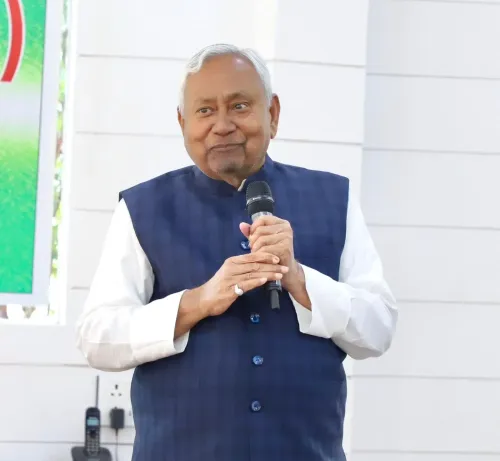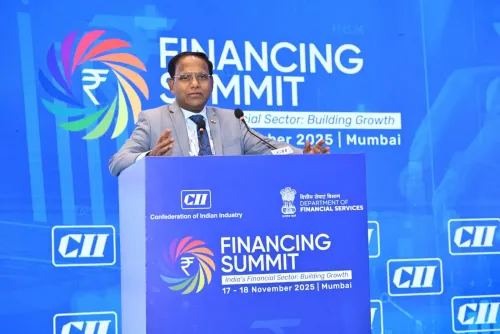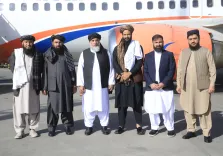What are the political strategies of Mamata Banerjee?

Synopsis
Key Takeaways
- Mamata Banerjee expertly navigates political alliances.
- Trinamool Congress has risen to unparalleled dominance in West Bengal.
- Strategic focus on minority votes has been pivotal.
- Her journey reflects a blend of emotional and analytical political tactics.
- Regional politics significantly impacts national governance.
New Delhi, Nov 19 (NationPress) The recent Bihar election results have posed a setback for the Congress and its Left allies, with leaders now devising strategies to regain a foothold in the 294-member West Bengal Legislative Assembly ahead of the upcoming elections next year.
In the meantime, the ruling Trinamool Congress and the primary opposition, the Bharatiya Janata Party (BJP), are gearing up for a contest that is expected to be a direct battle for power.
Since her departure from Congress, Mamata Banerjee, the leader of the Trinamool, has adeptly navigated her political landscape, aligning with the BJP when necessary.
Her political journey is characterized by a calculated oscillation between the BJP and Congress. What began as a minor presence evolved into a significant force, transitioning from reliance and national negotiations to a robust regional influence, allowing her to engage in selective, interest-based collaborations rather than steadfast alliances. Ultimately, her rivals dwindled.
The Trinamool Congress has now secured uncontested dominance in the West Bengal Legislative Assembly, relegating the once-mighty Congress and Left Front to the periphery of state politics.
After frequent confrontations with Congress leadership, Mamata established the All India Trinamool Congress in January 1998.
By that time, her only trusted Congress leader, Rajiv Gandhi, had tragically been killed in May 1991. She criticized state leaders for their complacency amid allegations of injustices by the ruling Left Front government, particularly targeting the Communist Party of India (Marxist).
Indeed, she accused them of complicity with the Marxists and acting against Congress's interests in the state. She positioned her party as a regional alternative, becoming a catalyst for statewide mobilization.
Her efforts paid off when the Trinamool secured seven seats in the 1998 Lok Sabha Elections. Simultaneously, she allied with the BJP-led National Democratic Alliance (NDA). Mamata strategically cooperated with the NDA at the national level to diminish the Left Front's hold in West Bengal.
This pragmatic approach enhanced her national visibility and bargaining power for her emerging regional party. In the subsequent 1999 elections, Trinamool reinforced its presence by winning an additional seat, while the BJP also gained two seats.
However, her focus remained on West Bengal, where she aimed to not only consolidate anti-Communist votes but also capture the minority vote, with the 2011 Census reflecting a Muslim population of approximately 27 percent.
In 2001, the Trinamool Congress exited the NDA in protest against the Tehelka revelations regarding corruption in India's defense procurement. It subsequently allied with Congress for the 2001 Assembly elections, achieving approximately 60 seats and establishing its presence.
Despite returning to the NDA in early 2004, the Lok Sabha elections reflected a contrasting outcome, with only Mamata securing a victory out of the 29 contested seats.
She faced repercussions from her swift shifts, leading to a loss in the Kolkata civic polls in 2005, despite having previously challenged the Left with support from the BJP and Congress in 2000.
In the 2006 Assembly elections, despite strong narratives in its favor, Trinamool failed to form a government.
As Trinamool's profile elevated, Mamata began to emphasize secular, populist rhetoric and distanced herself from the BJP on issues potentially detrimental to her support base in Bengal.
Ultimately, it was with Congress that she broke through the Red bastion in 2011. However, the initial euphoria was short-lived, granting Mamata and her party absolute control.
While many viewed Mamata's rapid mood changes and shifts in rhetoric as emotional rather than analytical, they have proven to be highly calculated.









